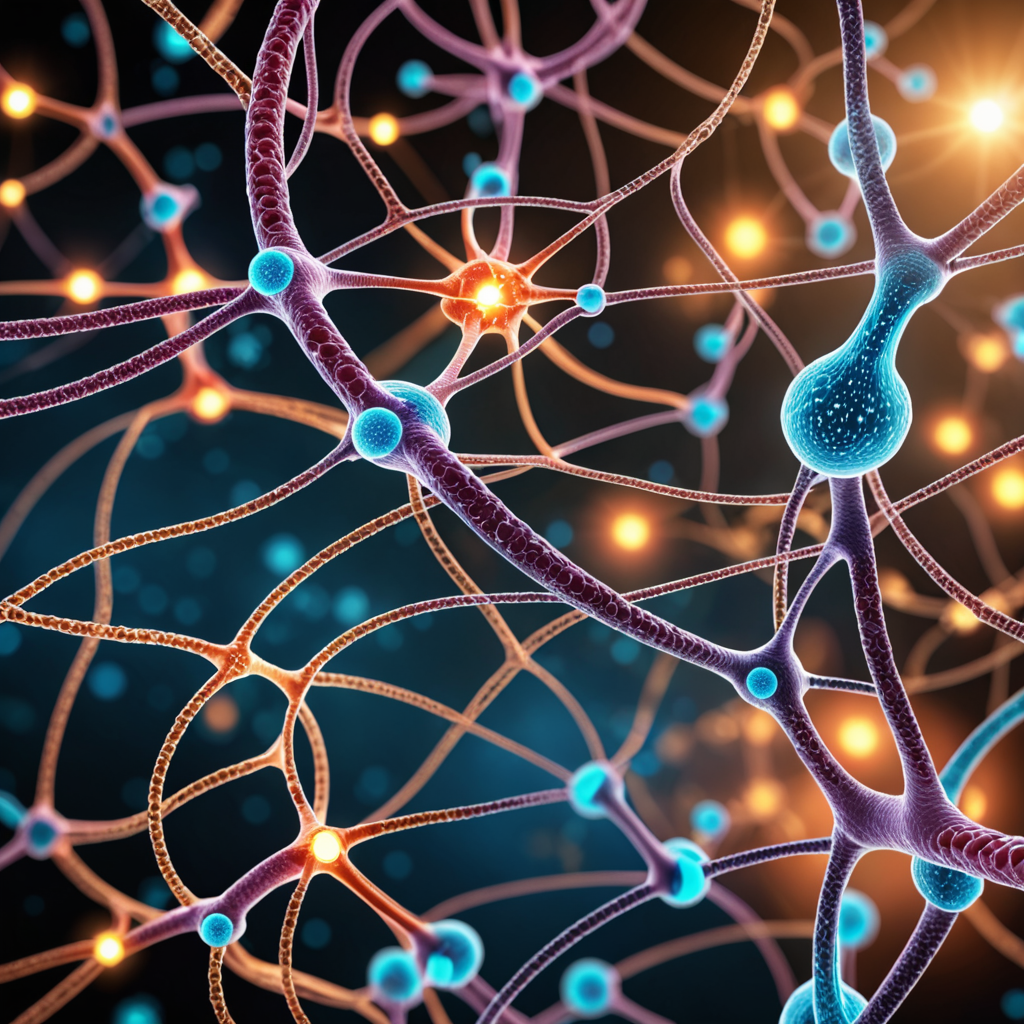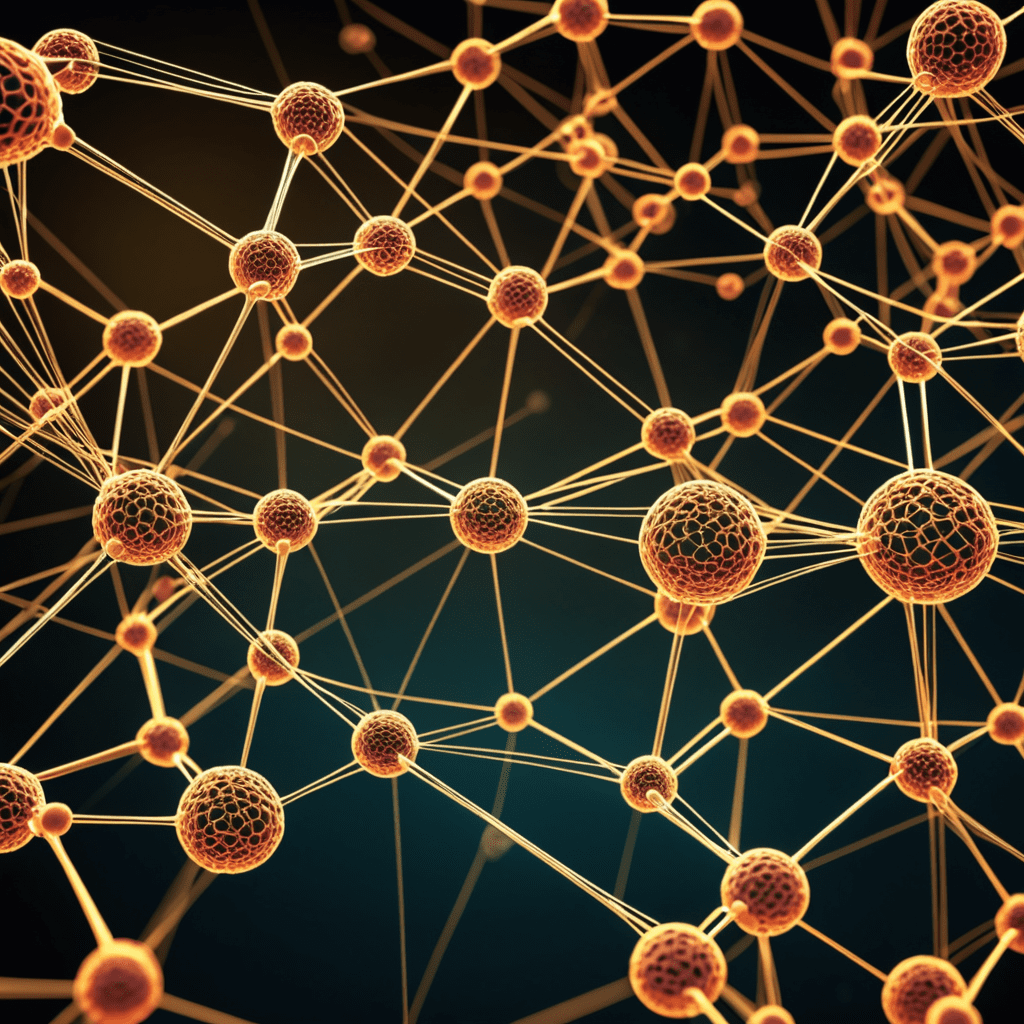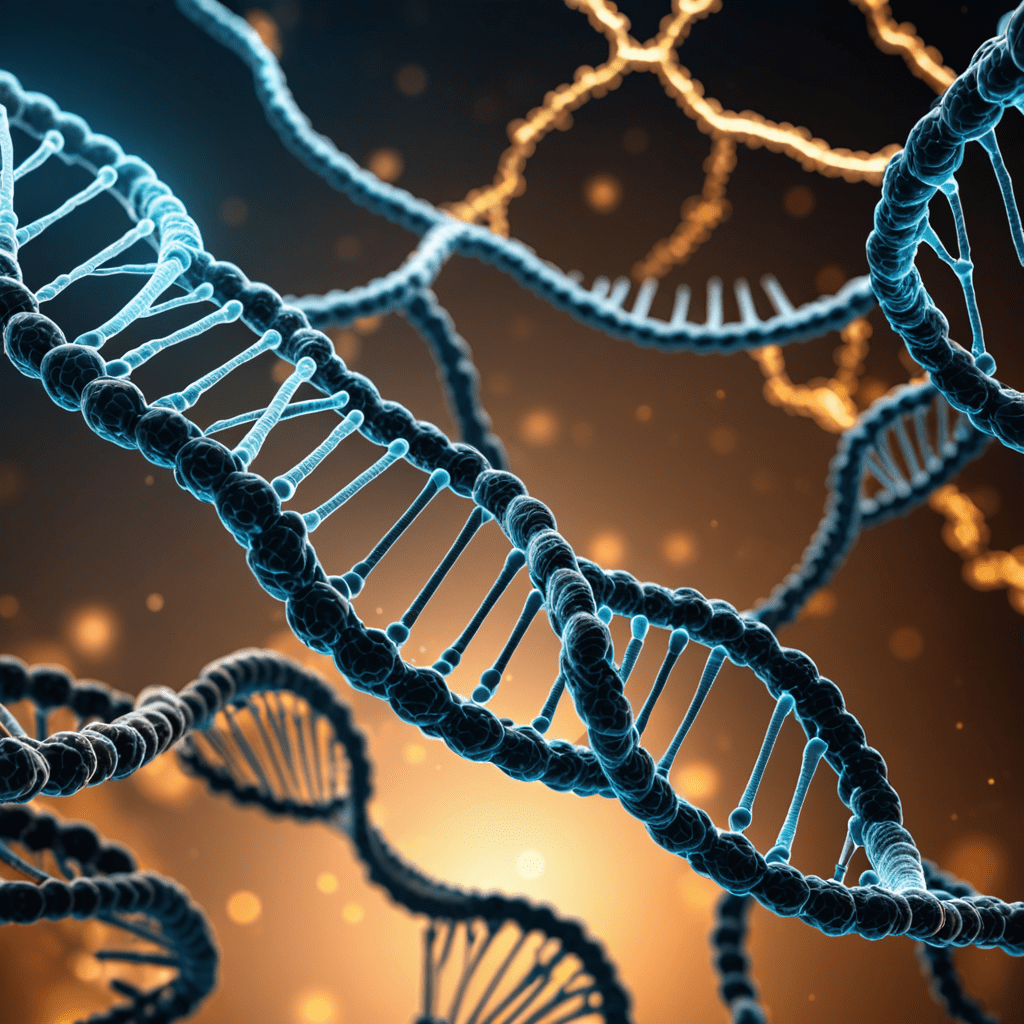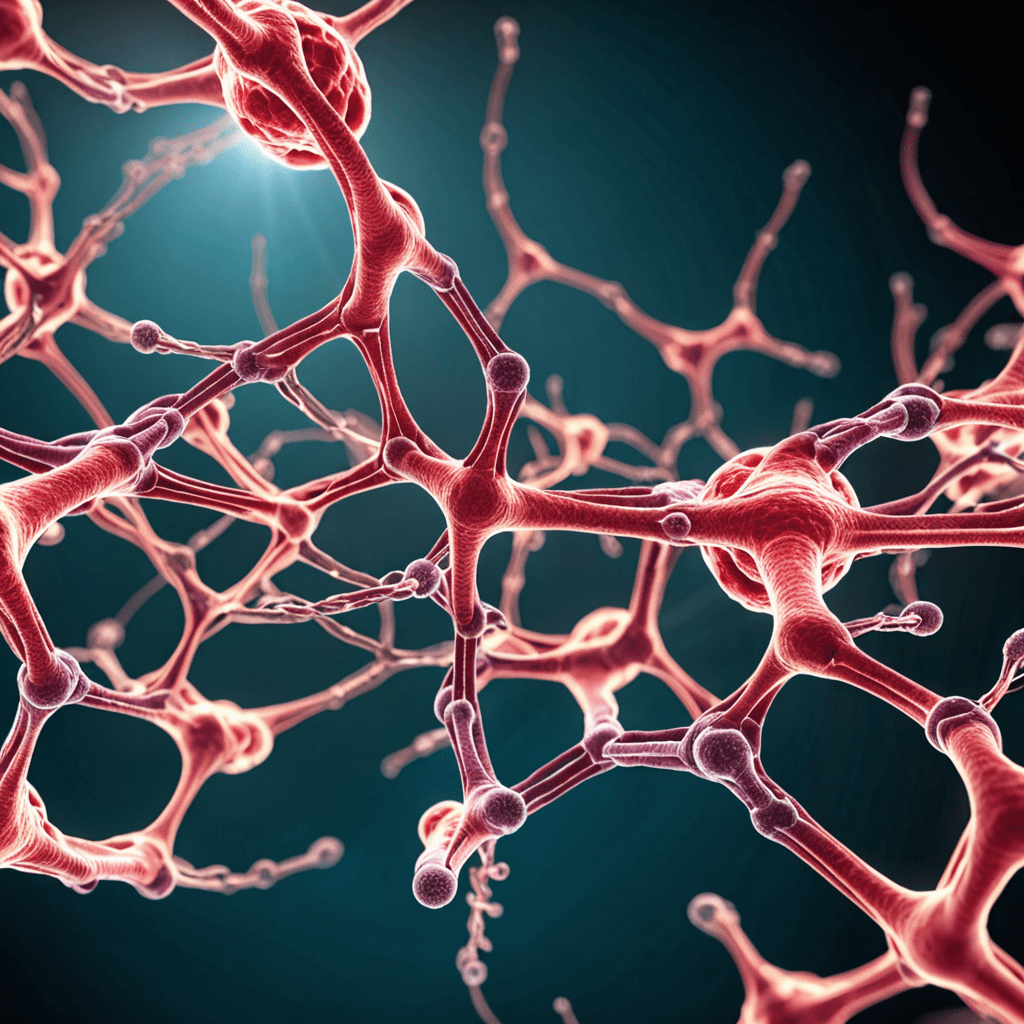
Biotechnology and Bioinformatics: Functional Metagenomics
Understanding Functional Metagenomics
Functional metagenomics is a powerful approach that involves studying genetic material directly harvested from environmental samples rather than isolating and cultivating individual microbial species. This technique allows researchers to explore the functional potential of entire microbial communities.
Biotechnological Applications
Functional metagenomics has significant biotechnological applications, such as discovering novel enzymes, antibiotics, and other bioactive compounds. By accessing the genetic diversity present in environmental samples, researchers can identify valuable molecules with diverse functions.
Role of Bioinformatics
Bioinformatics plays a crucial role in functional metagenomics by enabling the analysis and interpretation of large-scale sequencing data. Computational tools help researchers identify functional genes, predict protein structures, and understand metabolic pathways within complex microbial communities.
Challenges in Functional Metagenomics
Despite its potential, functional metagenomics presents several challenges, including the vast amount of data generated during sequencing, the complexity of microbial interactions, and the need for robust bioinformatics pipelines to extract meaningful insights from the data.
Future Directions
The future of functional metagenomics lies in advancing sequencing technologies, improving bioinformatics algorithms, and exploring innovative ways to manipulate microbial communities for various biotechnological applications. Continued research in this field holds great promise for biotechnology and environmental science.
Impact on Biotechnology
Functional metagenomics has revolutionized the field of biotechnology by providing access to the genetic diversity of unculturable microorganisms. This approach has led to the discovery of novel enzymes for industrial processes, bioactive compounds for pharmaceutical applications, and insights into microbial community dynamics.
Conclusion
Functional metagenomics, driven by the synergy of biotechnology and bioinformatics, offers a unique opportunity to unravel the genetic potential of complex microbial ecosystems. By harnessing the power of functional metagenomics, researchers can unlock valuable resources for various applications, shaping the future of biotechnology.
FAQs about Biotechnology and Bioinformatics: Functional Metagenomics
What is Biotechnology?
Biotechnology involves the use of living organisms or their systems to develop products or processes beneficial to humankind. It encompasses a wide range of applications, from agriculture to medicine.
What is Bioinformatics?
Bioinformatics is the field that utilizes computer technology to analyze and interpret biological data. It plays a crucial role in organizing genomic data, predicting gene functions, and understanding biological processes.
What is Functional Metagenomics?
Functional metagenomics is a biotechnological approach that involves extracting DNA directly from environmental samples and inserting it into host organisms to study the genetic content and functions of the microbial communities within that environment.
How is Functional Metagenomics used in Biotechnology?
Functional metagenomics enables scientists to explore the genetic potential of entire microbial communities rather than individual organisms. This approach aids in discovering novel enzymes, antibiotics, and metabolic pathways with applications in various industries, including pharmaceuticals, agriculture, and environmental remediation.
What role does Bioinformatics play in Functional Metagenomics?
Bioinformatics tools and algorithms are essential in analyzing the vast amount of data generated through functional metagenomics. They help in identifying genes of interest, predicting protein functions, and


